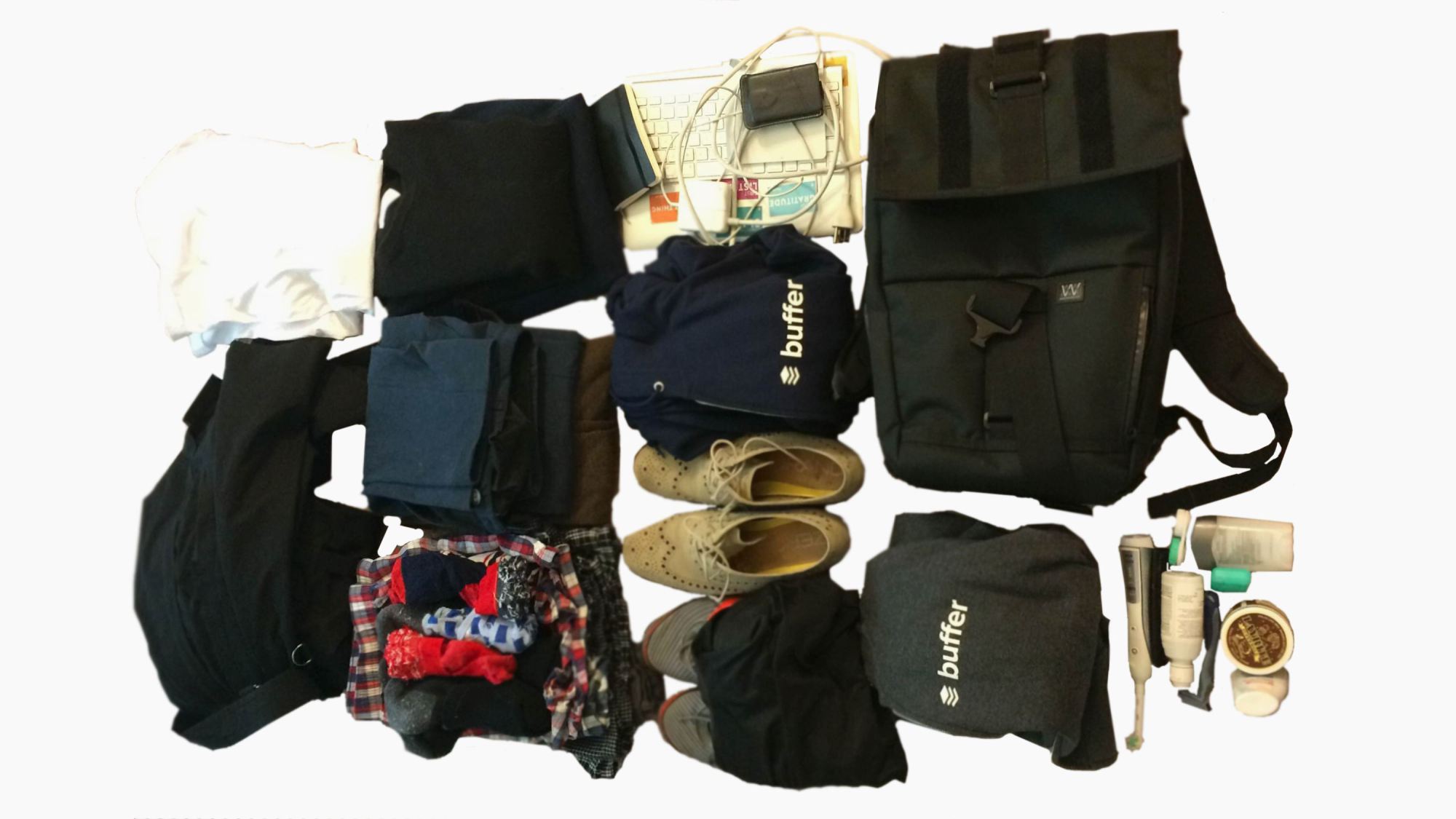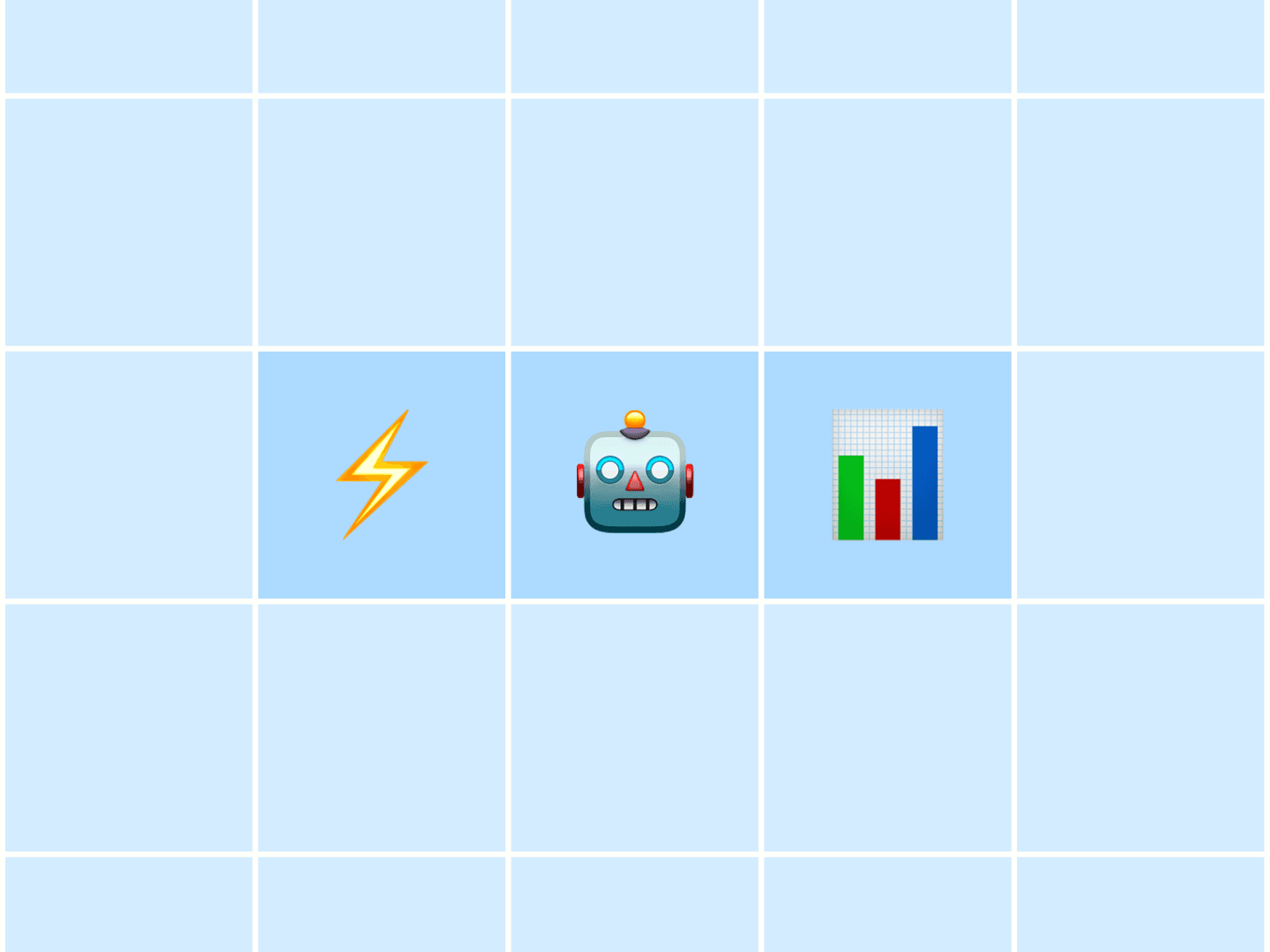About 2-3 years ago, I decided I wanted to start to declutter my life gradually. I went from one backpack and a carry-on bag to just one backpack. I count the following things as my belongings at this point:
- 6 T-shirts
- 2 sweaters, 2 hoodies
- 1 coat
- 2 pairs of dress-pant sweat-pants
- 6 pairs of socks and boxer shorts
- 1 backpack
- An iPhone, a Kindle, 1 notepad and a MacBook Air (+ keyboard and mouse)
- Gym shoes and gym shorts
- Various toiletries like toothbrush, contact lenses, etc.

When I say “things that I count,” it does actually mean that I’m somewhat cheating. I did only live with the above things until I moved into an apartment earlier in 2014.
Since then I bought some kitchen utensils as well as a mattress, bed, a couch, some lamps and a desk. I do plan on getting rid of these things in early May again, so I’m putting them on a separate “temporary” list in the meantime.
Declutter your life, declutter your mind
If you have ever cleared your desk one morning before working, you’ll know the feeling of tranquility and peace this can give you. I found that that is exactly what happens when I got rid of most things I owned, apart from the crucial essentials.
Here is a list of the amazing benefits I observed from getting rid of stuff:
- No decision-making about what to wear in the morning, more decision making about stuff that actually matters
- I can pack for trips in 5 minutes
- I go clothes shopping about once a year (more on that below) and don’t waste any more time on it
- There are less things to think about and there is more simplicity in my life
- I don’t spend a lot of money on stuff
- I indulge the “Is this all you have?” questions at borders after a long-haul flight
In order to see things clearly in life, and observe reality as it truly happens, owning less stuff is a super valuable step. Of course, I’d never claim to be at a place where I can truly do that—see things as they are, without attachment or judgement—but I have an intuition that owning less things sets me on the right track towards that.
Replacement shopping
There are of course moments when you have to go shopping and buy new things. I managed to do this while keeping to a minimalist lifestyle with one simple rule:
Anytime I buy something new, I need to throw out the equivalent of what I’m already owning.
So if I buy new shoes, I throw out my old pair of shoes. If I buy a new coat, sweater or T-shirt, the old sweater, coat or T-shirt are thrown out or given away. Between my co-founder Joel and myself this lead us to call it “replacement shopping” or “clothes replacement day.”
Over the last few years, I also went up in quality gradually every time a new clothes replacement day came around. Recently, I invested in a MissionWorkshop backpack ($380), ordered a pair of custom tailored jeans from Gebrueder Stitch ($535) and bought a coat from Burberry ($2200).
The prices for these things may sound expensive at first, but I plan on owning and using them for several years to come, which makes this well worth the cost broken down over that period of time. I’ve also made an effort to prioritize function over form—although at a very high level of quality, luckily often both are included. Dustin Curtis had some great thoughts on this with his post “The Best.”
Getting started with one bag living
The thought for many to get started with one bag living is a scary one. Luckily Greg McKeown wrote a terrific book titled “Essentialism: The Disciplined Pursuit of Less,” where he outlines a very handy technique:
“Set aside some time where you go through your stuff and decide what you want to keep and what you want to throw away. You’ll end up with a few things that you can throw right out. Then you’ll end up with a few things that you’ll want to keep. Then you’ll end up with a few things you’re unsure of.
Put anything that you want to keep, but haven’t used in a while and anything you are unsure of in a box. Now, see, if after 3 or 6 months, you’ve actually taken out any of the things from that box and used them. If you haven’t, you can calmly through them out without having to worry whether you’ll need them in the future.”
Jessica Dang also wrote a great getting-started guide on one bag living that you can check out.
One-bag living has simplified my life in a way that very few other things have and I can highly recommend giving it a try.
Have you given minimalism or one-bag living a try? What did you find out as a result? I’m keen to hear your thoughts and insights in the comments!
Try Buffer for free
190,000+ creators, small businesses, and marketers use Buffer to grow their audiences every month.


